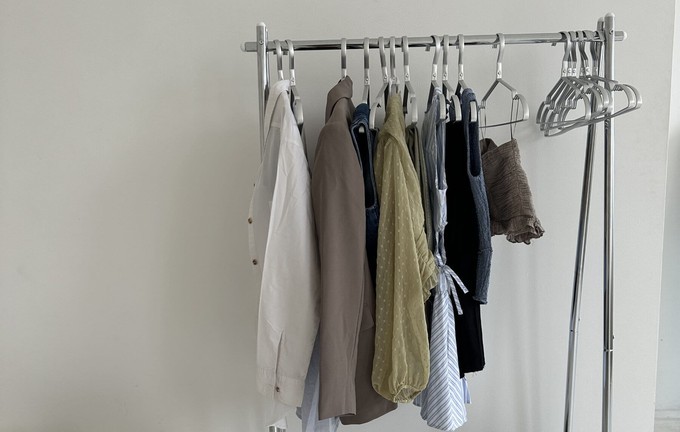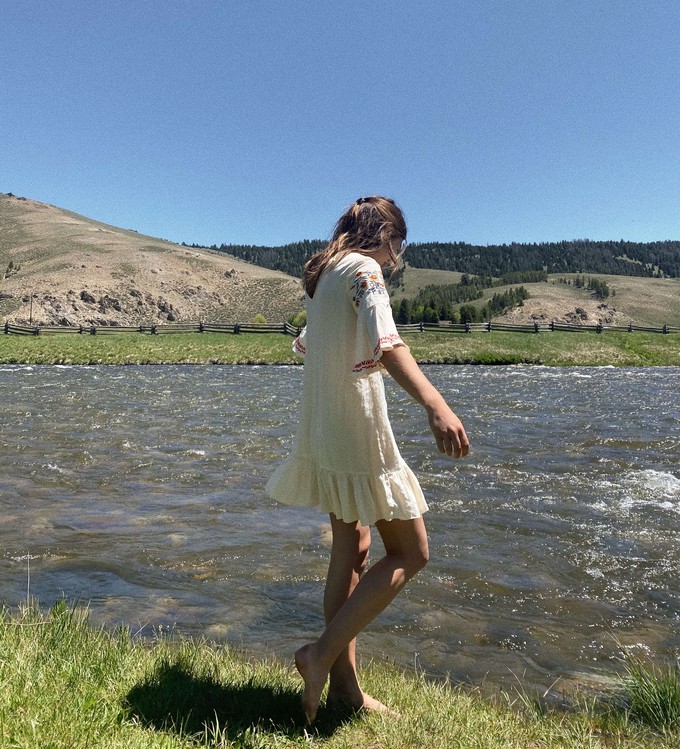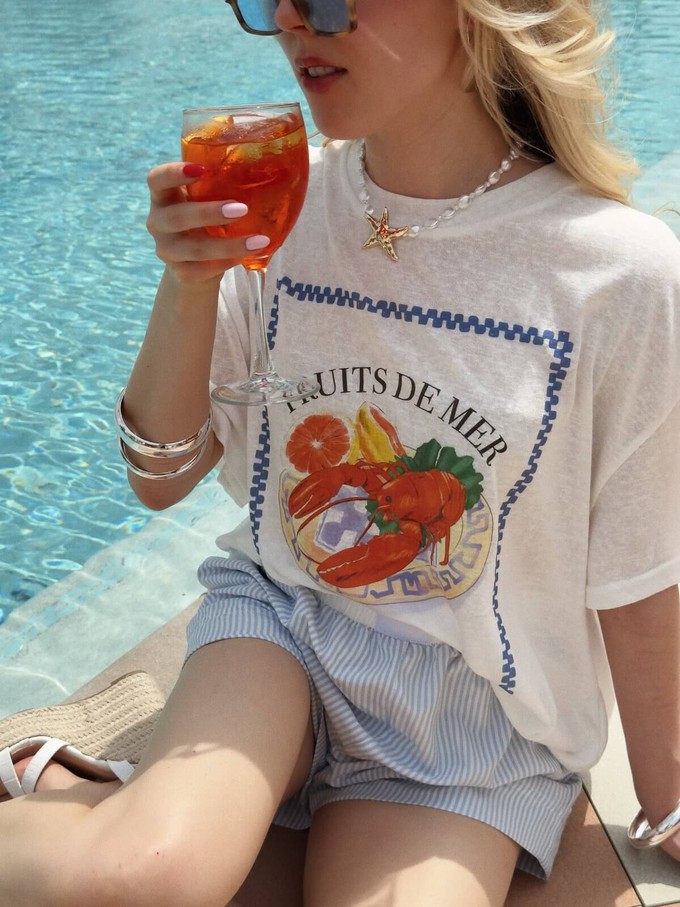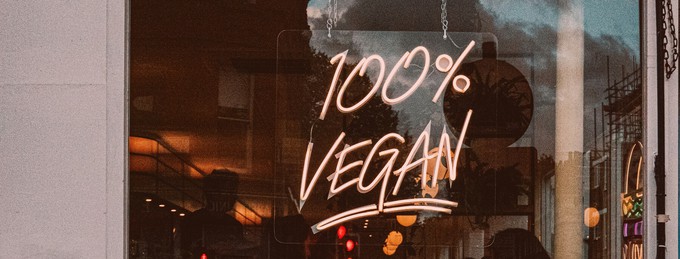- Clothes
- Bags
- Accessories
-
Inspiration
- Shoes
Realistic Guide to a Sustainable Vegan Wardrobe

Are you aiming for a wardrobe that’s both eco-friendly and cruelty-free? First of all, kudos for that.
Unfortunately, most of the advice out there only looks at those aspects individually, without taking unique challenges and considerations into account.
So, to help you make more informed decisions, we brought them together, compiling a simple and realistic guide to a sustainable vegan wardrobe.
Here’s what you can consider to move towards clothing that's kind to the planet, garment workers, and animals and that matches both your style and beliefs.
Main challenges when moving towards a sustainable vegan wardrobe
Let’s immediately get these common misconceptions and seemingly logical solutions out of the way:
- Unfortunately, “vegan” doesn’t automatically mean “eco-friendly” or “better for the planet”. For example, most vegan leather is made of plastic and isn’t as durable (= more waste)
- Try and refrain from replacing everything in your wardrobe in one go or doing massive hauls of vegan clothes. Overconsumption and fast fashion are never sustainable
- Some vegan clothes might be cruelty-free towards animals but they’re made in sweatshops by workers trapped in modern slavery conditions (we’re looking at you, fast fashion)
- Sustainable fashion is really about shopping and (re)wearing your clothes mindfully
Before we share more practical advice to create a sustainable vegan wardrobe, let me clarify the most important thing:
be realistic and kind towards yourself, too.
A vegan wardrobe is very personal. For example, some people are happy to wear leather accessories as long as they buy them second-hand. Some aren’t. So, find the right balance for you instead of following someone else's "shoulds".
3 steps to a sustainable vegan wardrobe that matches your style and beliefs

1. Start from your existing clothes
The most sustainable vegan items are the ones already in your wardrobe.
Go through your clothes, find non-vegan ones, and decide what to do
Non-vegan fabrics and materials aren’t always obvious (I only recently found out about some of them myself!) but the main ones are:
- Leather
- Suede
- Fur
- Wool
- Silk
- Shell, bone, and horn buttons
- Down
There are plenty more non-vegan clothing materials and items, like some types of glue and dyes, but as we said right from the start, we're trying to keep this guide realistic: you probably wouldn’t be able to find that out just by looking at your existing clothes (however, you can keep it in mind for new ones).
Anyway, now that you’ve identified those non-vegan items, decide what you’re happy to hold on to (if anything) and what you don’t feel comfortable wearing:
- If you don’t mind keeping garments you bought before going vegan, the most sustainable thing you can do is rewear them for as long as possible
- If you’d rather part ways, don’t bin them. Dispose of them more sustainably by giving them to friends who’d actually wear them, selling them online, or donating them to reputable organisations or local shelters (unfortunately, only a small percentage of donated clothes get resold and worn). If it’s fur, you might qualify for PETA’s donation programme
Rediscover all your clothes
Starting with this exercise wont’ “just” help with the vegan clothes side of things. It’ll allow you to:
- Remember everything you have (there’s always a forgotten gem hiding in a pile in the back, isn’t there?)
- Discard items you always find excuses not to wear
- Rearrange your clothes in a way that makes it easier to find what you need (this will make a huge difference for the next step)
- If you want, digitise your wardrobe
2. Start (re)wearing your current clothes more sustainably

When you prolong the life of a garment, even by just 9 months, you reduce your environmental footprint by 20%, especially when it comes to carbon emissions.
So, now that you’ve gone through everything:
- Get creative with your clothes – Use your current garments and accessories in different ways to put together all kinds of new outfits
- Embrace repeat outfits, too – Let’s ditch the unsustainable and unrealistic idea that we shouldn’t do that too often (says who?!)
- Find your own style – What feels “you”? Then, notice the difference: doesn’t it make you happier to rewear clothes that match your beliefs and style, instead of someone else’s trends?
3. Buy sustainable vegan items mindfully

Here’s what to keep in mind to maintain a sustainable vegan wardrobe.
Vegan fabric and alternatives
- Choose the most sustainable fabrics – The best news? Most of them are vegan! So, prioritise certified organic cotton, linen, bamboo, and hemp. Synthetic fabrics tend to be the worst for the planet but you can reduce your footprint (and waste) by opting for recycled alternatives
- Look for the most ethical vegan leather – While they still involve a plastic coating, you can consider fruit-, plant-, and mushroom-leather. PU “leather” is slightly kinder towards the planet than PVC, but rPET leather (made with recycled plastic) is the best out of the three. Albeit rarer, cork leather is usually the most environmentally friendly
- Be aware of other vegan alternatives – For example, you could replace silk with cupro, and nowadays you can find vegan options for down, too (like plant-based fibres, recycled polyester, or air-based insulation)
Make sustainable choices
Instead of chasing trends and hauls, try buying fewer but higher-quality and more timeless vegan items you actually love.
You could ask yourself:
- Does this match my style?
- (Unless it’s occasionwear, in which case you could also consider renting it) Will I wear it at least 30 times?
- Does it go with what’s already in my wardrobe?
Choosing vegan clothes
Unfortunately, just because you recognise a vegan fabric, it doesn’t automatically mean the entire garment is cruelty-free (or, as we’ve seen before, sustainable).
- Check the brand – Are they being transparent about how it was made and by whom?
- Look for certifications – For example, spotting the PETA logo makes things easier
- Find sustainable vegan clothes on Project Cece – We’ve done the hard work so you don’t have to! We brought hundreds of fairtrade brands in one place and added filters to simplify your choices. This includes plenty of vegan brands, a vegan label, and certificates
Overall, a sustainable vegan wardrobe has nothing to do with switching to vegan hauls.
It’s about making mindful clothing choices that are kind to the animals, the environment, and garment workers (while falling in love with a lifestyle that matches both your style and ethos, of course).
Share our story
Related articles
Non-Vegan Clothing Materials from Animals (Beyond Leather)
You might be wearing... bones or crushed insects! If you’re aiming for a fully vegan wardrobe, avoid these sneaky clothing materials derived from animals.
Simple Guide to Vegan Fashion: There’s More to It Than Leather!
What else should you avoid? Are cruelty-free clothes always sustainable? And where can you find them? Our vegan fashion guide has all the answers!
Leather vs Vegan Leather: What’s ACTUALLY More Sustainable?
Bad news: it’s not a one-word answer. Good news? We created a simple real leather vs vegan leather comparison to help you make the right choice for YOU.
Project Cece is a platform that collects ethical fashion from vetted brands and shops in one place. Browse ethical fashion for women and men and find items that fit your style, budget and values!
_large.png)


